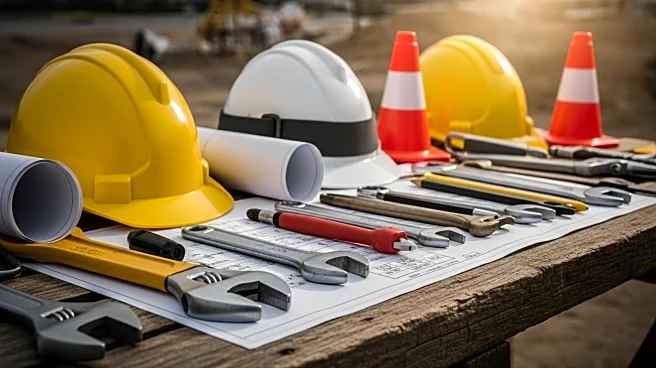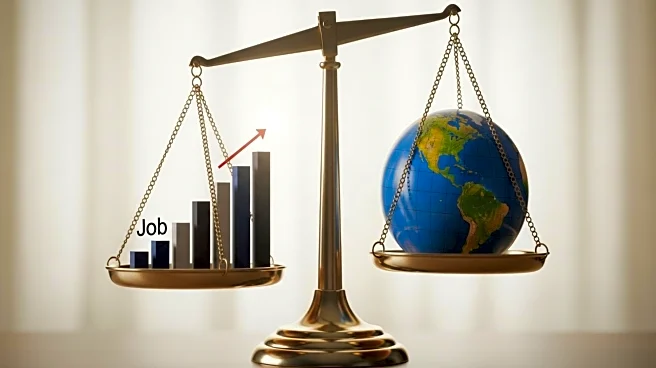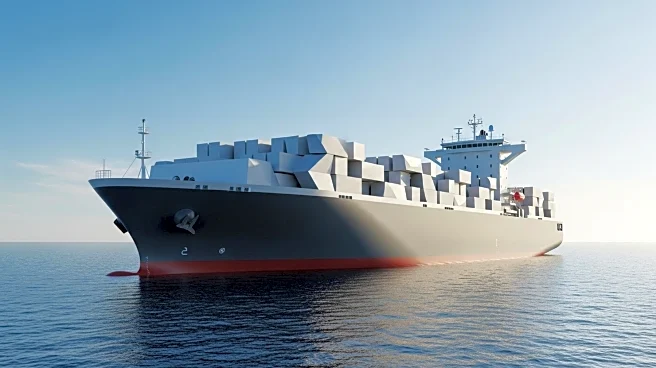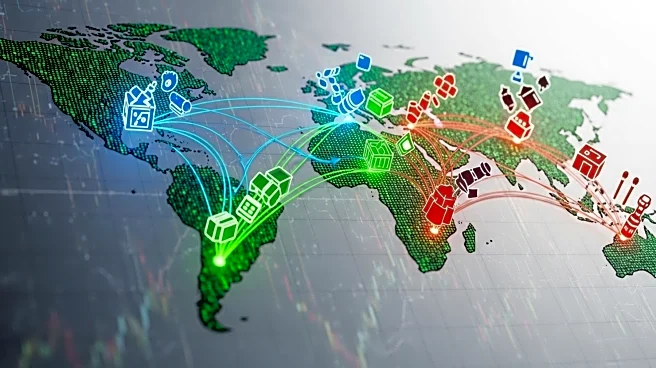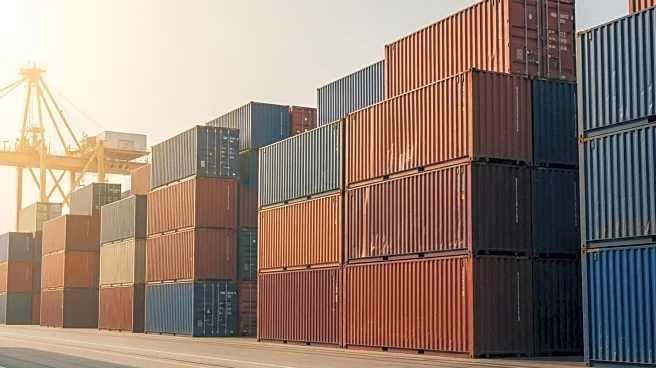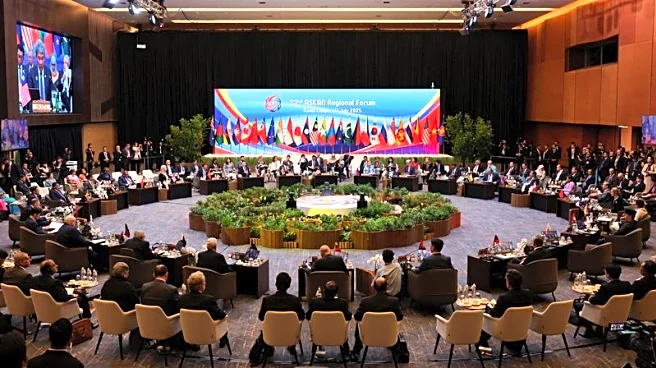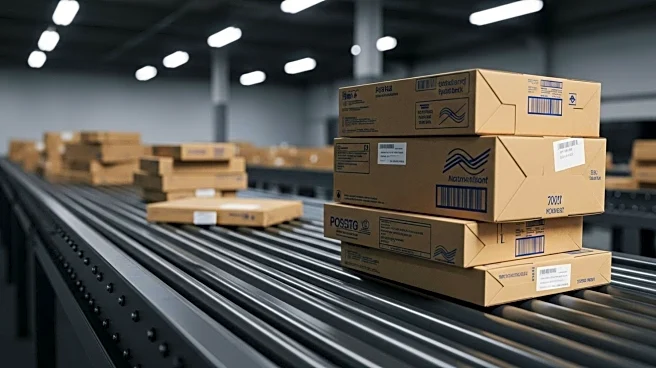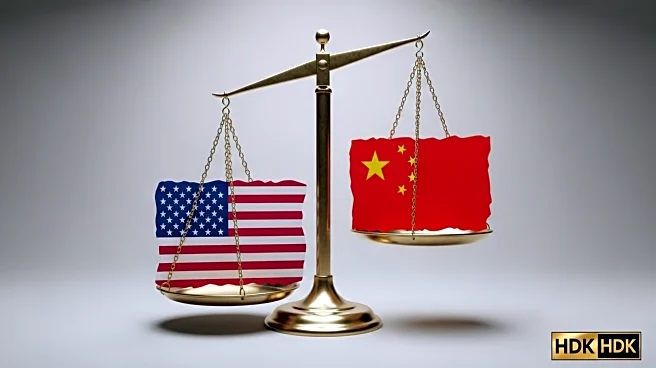What is the story about?
What's Happening?
The construction industry in the United States is grappling with the impact of tariffs on materials such as steel, aluminum, and copper, which have led to increased costs for projects. These tariffs, implemented under President Trump's administration, are affecting both ongoing and planned construction projects. Industry experts are divided on the benefits of these tariffs; some believe they could boost domestic manufacturing and construction, while others argue they add unnecessary costs. The debate centers around finding a balance where tariffs can support long-term resilience for domestic builders without stalling projects due to high costs.
Why It's Important?
The tariffs have significant implications for the U.S. construction industry, affecting project costs and potentially reshaping domestic manufacturing. If tariffs lead to increased domestic production, they could create more jobs and strengthen the U.S. economy. However, the unpredictability of tariff policies poses risks for contractors who may hesitate to invest in new projects. The shortage of skilled labor further complicates the situation, as the industry struggles to meet demand while adapting to higher costs. The outcome of this tariff policy could influence the future of U.S. manufacturing and construction sectors.
What's Next?
Contractors are adapting to the new tariff landscape by diversifying sourcing strategies and implementing early procurement packages to mitigate risks. The industry is also exploring opportunities in sectors less affected by tariffs, such as data centers and infrastructure projects. The long-term effectiveness of tariffs in boosting domestic manufacturing remains uncertain, and future policy changes could alter the current dynamics. Stakeholders are closely monitoring the situation to make informed decisions about investments and project planning.
Beyond the Headlines
The broader implications of tariff policies extend beyond immediate cost increases. They highlight the need for a robust vocational education system to address the skilled labor shortage. Additionally, the reliance on executive action for tariff implementation underscores the political fragility of these measures, which could be reversed by future administrations. The construction industry must navigate these complexities while advocating for policies that support sustainable growth and competitiveness.
AI Generated Content
Do you find this article useful?
